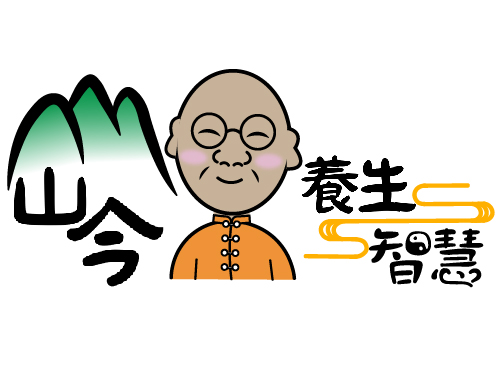BEIJING, Nov. 29, 2024 /PRNewswire/ -- A report from China Daily:

The Taosi Site Museum, which opened to the public on Nov 11, showcases a civilization dating back to 3,900 to 4,300 years ago.
A museum collecting and exhibiting cultural relics representing one of the greatest archaeological discoveries over the past decades in China opened earlier this month in the Shanxi county of Xiangfen.
The Taosi Site Museum, which opened to the public on Nov 11, was built near the Taosi relics site in Xiangfen. It is aimed to showcase a civilization dating back to 3,900 to 4,300 years ago.
The Taosi site was discovered in 1958 and a large archaeological excavation began in 1978. Over the years, an urban settlement, a palace enclosure, a storage zone, cemeteries and an observatory altar have been excavated. Researchers believe the site was most likely the ruins of the capital city during the period of Yao — a sage emperor dating back to more than 4,100 years ago.
More than 5,500 pieces or sets of cultural relics have been unearthed at the Taosi site, giving researchers adequate material evidence to understand how the earliest Chinese society and nation were formed.
Among the discovered cultural relics, a total of 230 pieces showing the culture and life of ancient inhabitants are on display at the museum, including items of pottery, jade, stone and copper. The museum also exhibits relics that some scholars speculate may be related to astronomical observation and timekeeping.
The museum is part of the Taosi Archaeological Site Park, which also includes an exhibition hall for ancient astronomy and a facility for the preservation of the bulk of the discovered relics. The museum now features such functions as the exhibition of relics, research and education.
Among the exhibits, a gnomon shadow measurement tool called guibiao, a colored pottery plate with a curled dragon pattern and a flat pottery kettle with red-inked inscriptions, are the most valuable assets of the museum and worth the attention from visitors, according to Gao Jiangtao, head of the archaeological team for the Taosi ruins.
He said the colored pottery plate with a dragon pattern might point to the origin of the Chinese totem of dragon, and the red pictographic characters inscribed on the flat pottery kettle might be the earliest written language in China.
The guibiao gnomon shadow measurement tool is a part of an ancient observatory discovered at the Taosi ruins. Archaeologists believe this is the earliest observatory known in China.
source: China Daily
【你點睇?】財政預算案展開公眾諮詢,學者倡問責官員減薪並削減公務員編制,你是否認同? ► 立即投票































